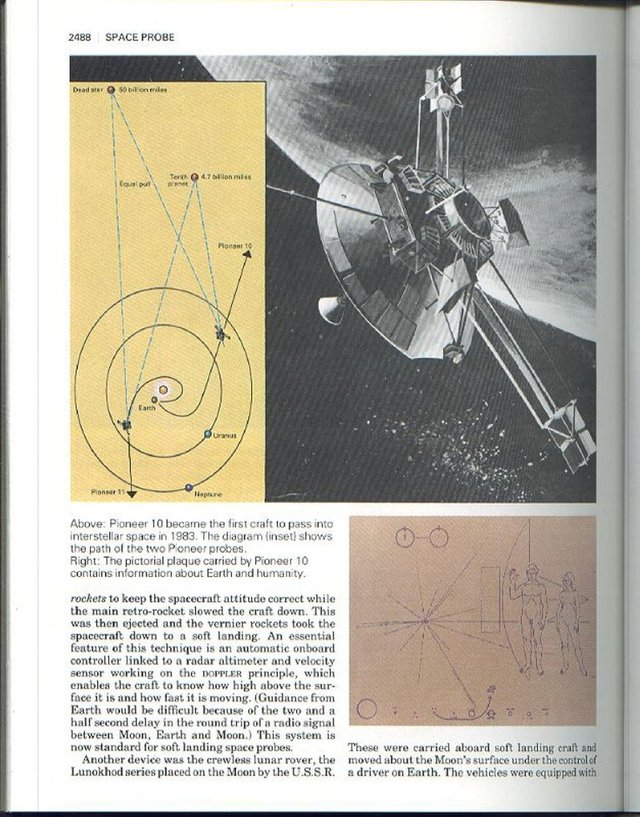"The Dark Star website explores the existence of an additional, massive planet in our solar system. It is usually referred to as Planet X. Recently, astronomers and astrophysicists have begun to name this putative object 'Planet Nine'."
https://darkstar1.co.uk/

"There is much emphasis placed on the 1983 “discovery” of a mysterious heavenly body by NASA’s Infrared Astronomical Satellite (IRAS) on the outskirts of the Solar system, some 50 billion miles (540 AU) away. Naturally the world’s media will have been very excited by such a discovery and began making noises that perhaps this was Planet X (the most popular accessible resources for Planet X advocates is the Washington Post article published on December 31st 1983 titled “Mystery Heavenly Body Discovered“). In actuality, astronomers weren’t sure what the infrared object was (the clue is in the word “mystery”). Initial media reports postulated that it could be a long-period comet, or a planet, or a far-off young galaxy or a protostar (i.e. a brown dwarf). As soon as the last possibility is mentioned, suddenly this became the “discovery” that Planet X was in fact a brown dwarf orbiting in the outer reaches of our Solar System."
https://www.universetoday.com/14486/2012-no-planet-x/

"Gravitational waves are produced by masses moving through space-time in a special way. The simplest system that produces gravitational waves is two masses orbiting their common center of mass.
One of the most common such system is a binary star system – two stars orbiting each other's common center of mass. It turns out that about half of the stars you see in the sky are members of a binary system. And those stars can be at any stage of their life cycle, which means you can have any combination of a normal star, giant star, white dwarf, neutron star, or black hole. Another place you might find large masses orbiting each other is the center of a galaxy - if two galaxies merged, their central supermassive black holes would orbit for a long time before they also merged."
https://imagine.gsfc.nasa.gov/science/toolbox/gwaves1.html